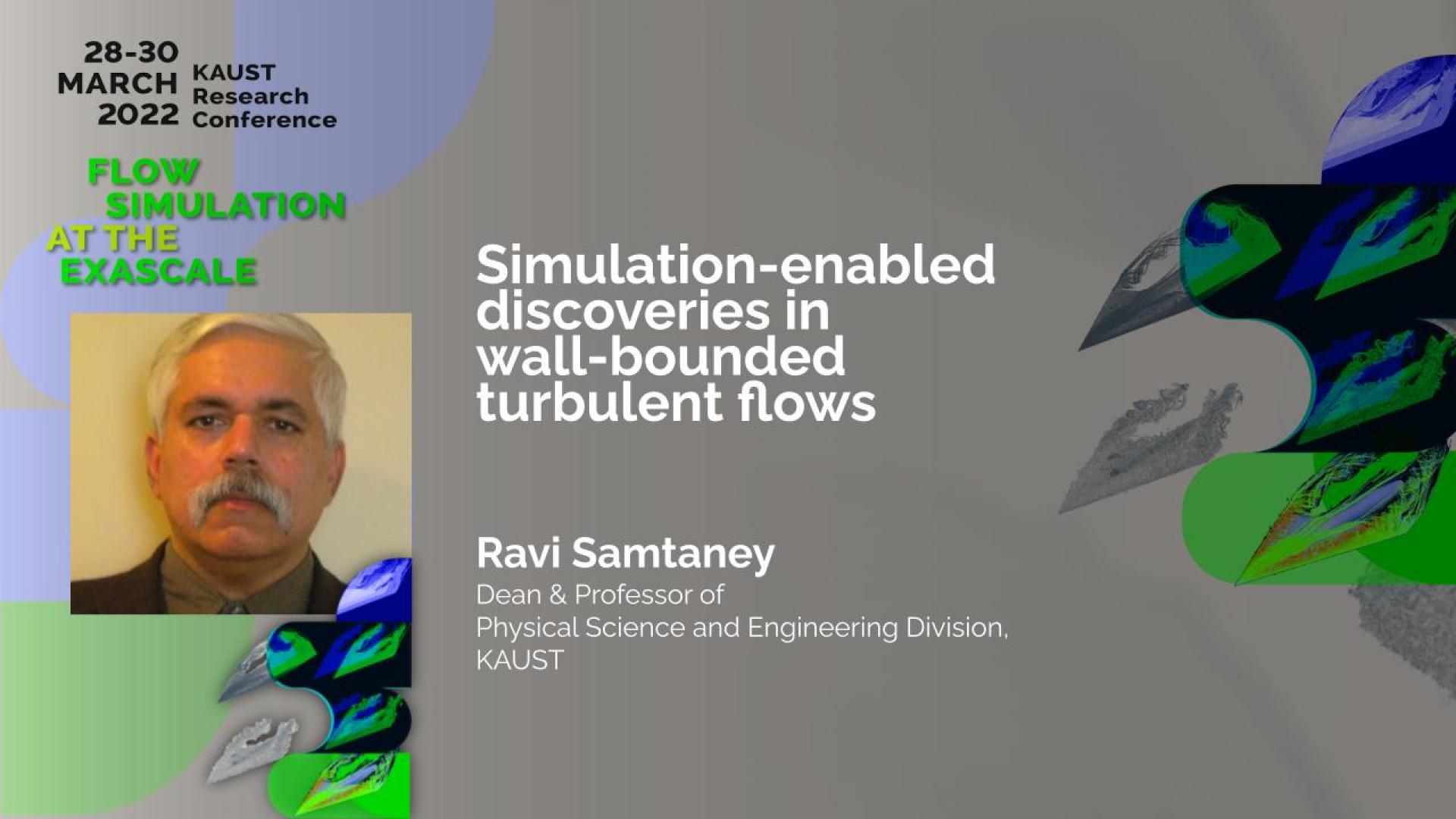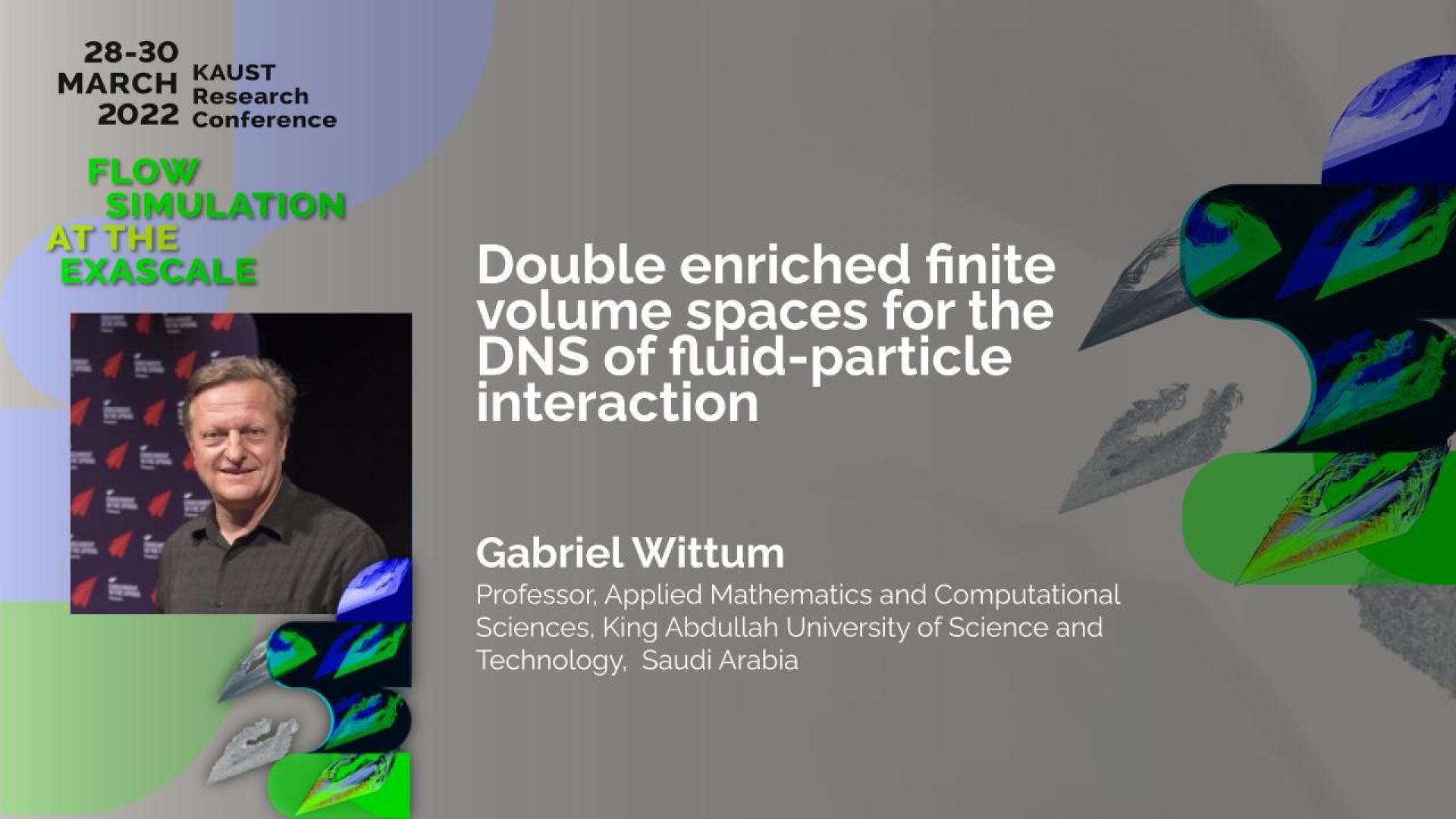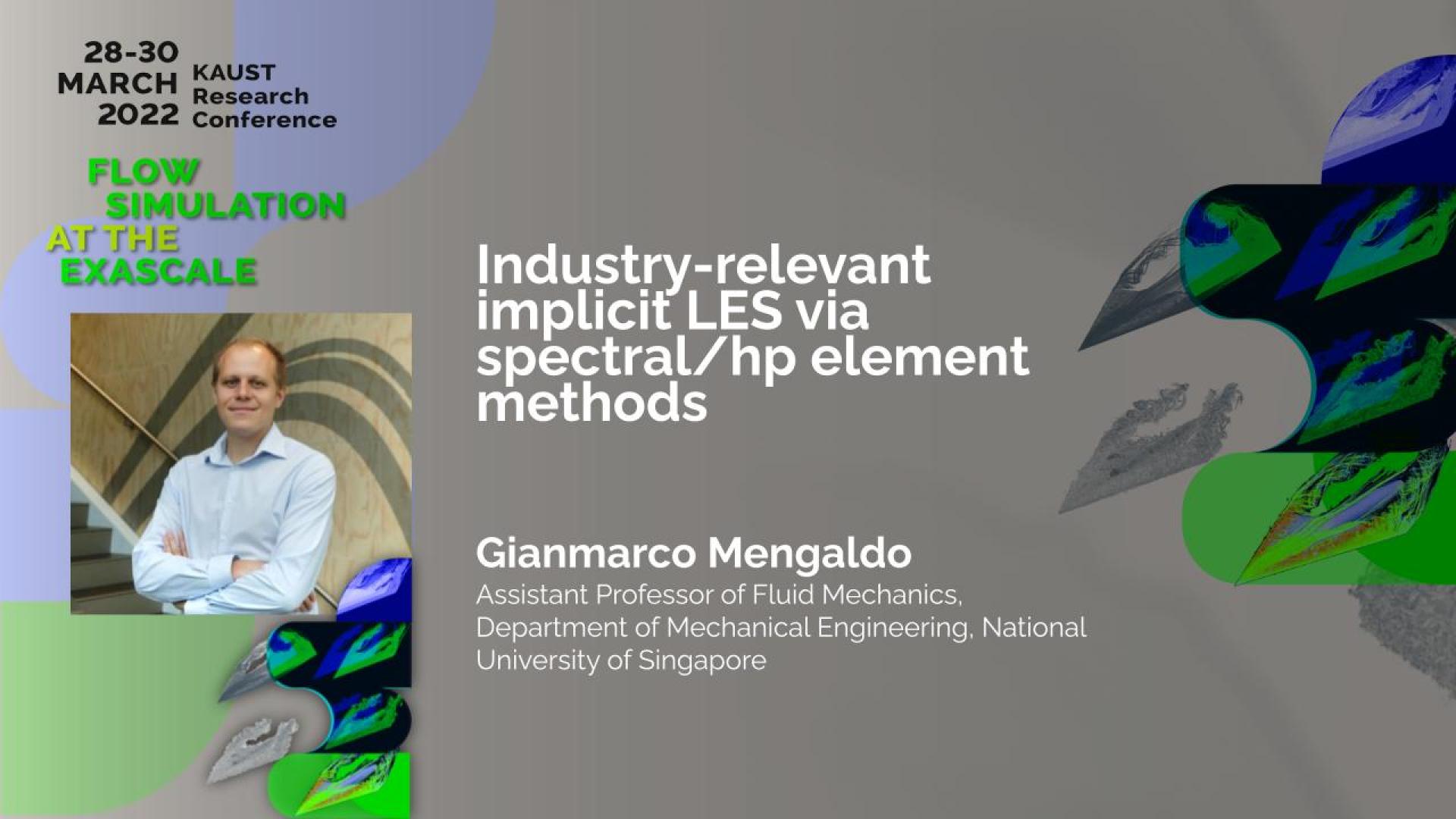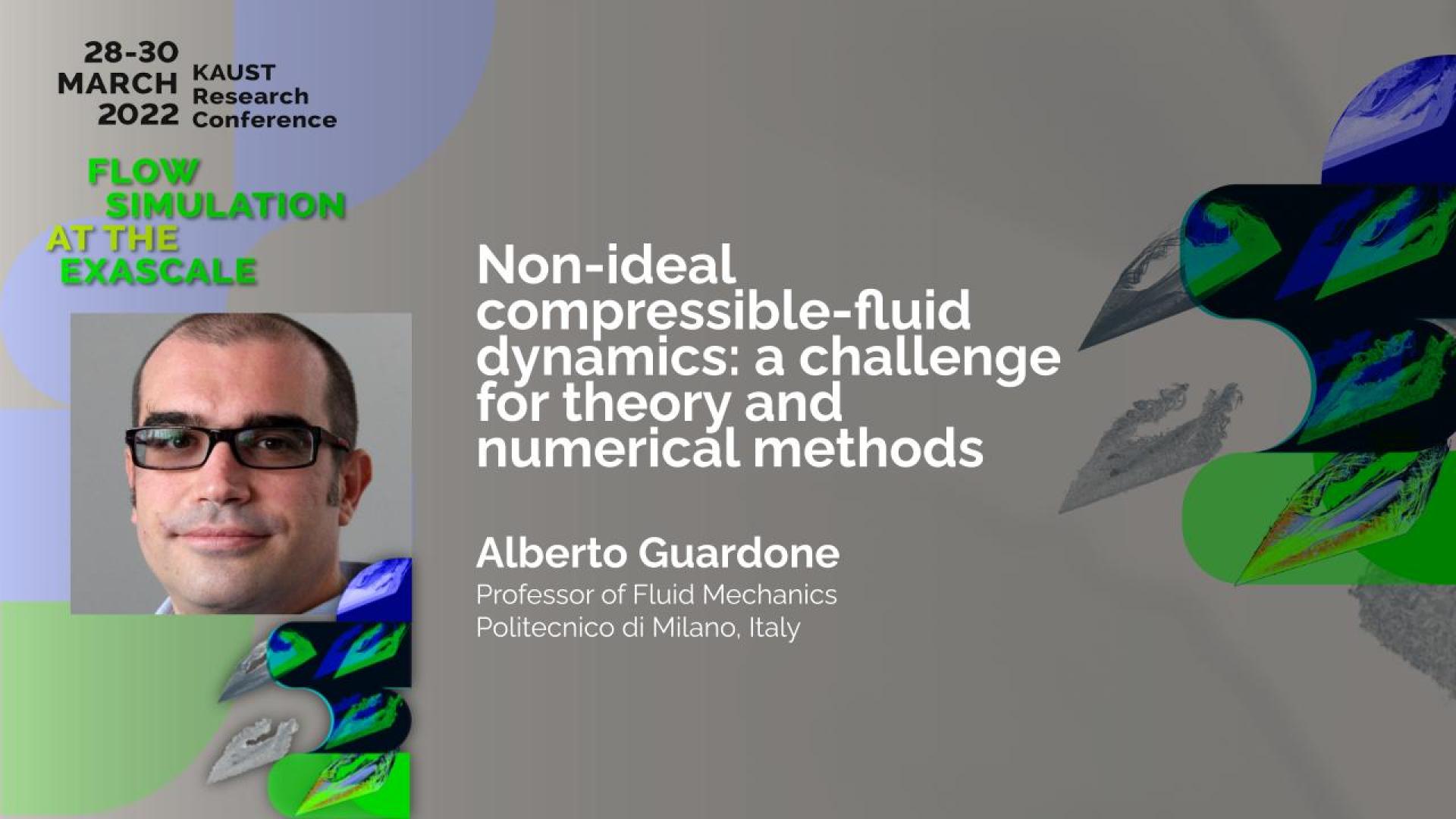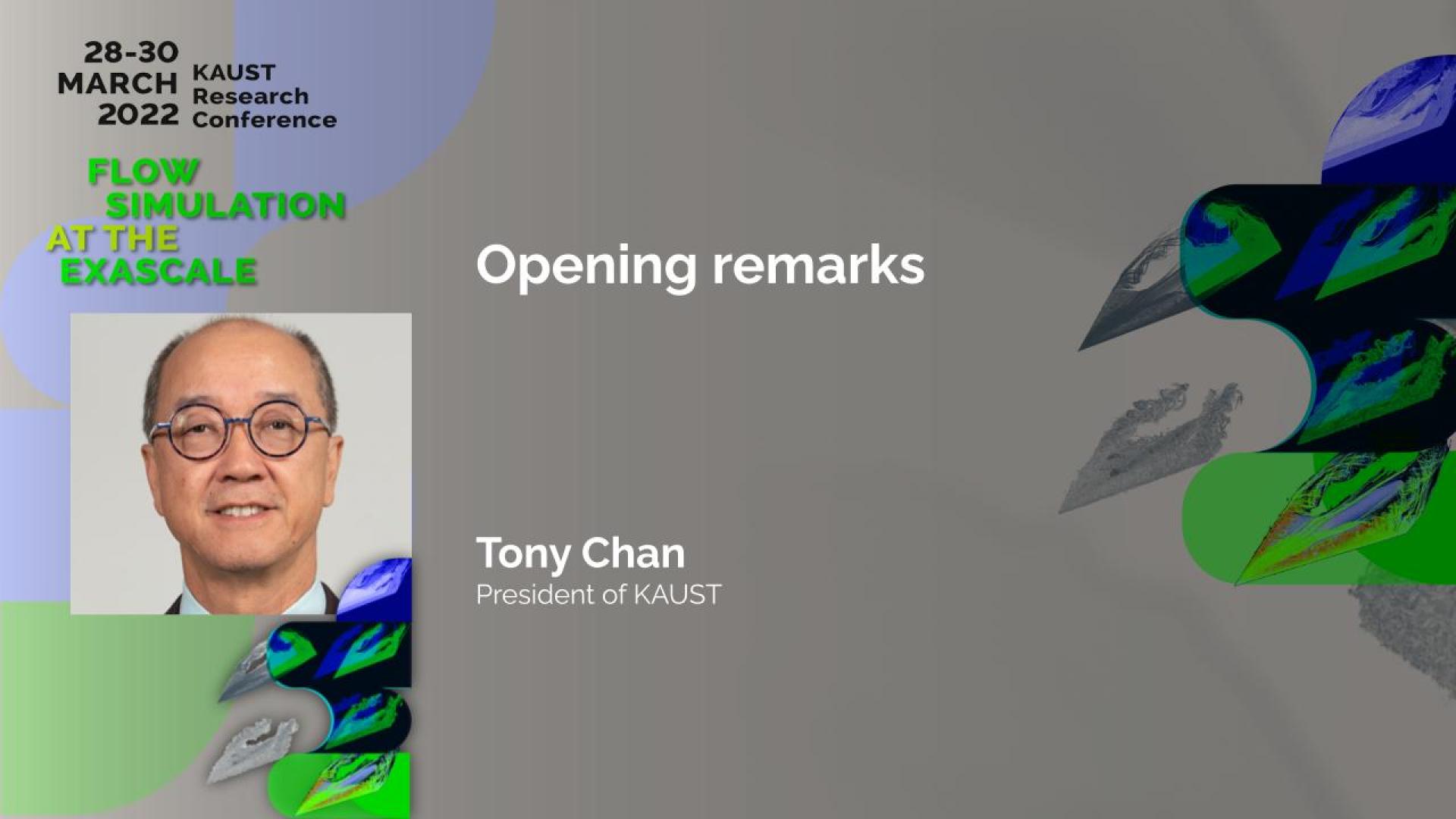Monday, March 28, 2022, 11:30
- 12:00
KAUST Library, Seaside area
Contact Person
Turbulence remains the last frontier in nonlinear classical mechanics. We highlight how large-scale computing on supercomputers (specifically the CRAY XC40 Shaheen II at KAUST) has contributed to discoveries in turbulence. We discuss the limitations of brute force simulations and how employing turbulence models have enabled us to reach realistic flow Reynolds number and led to new insights in complex multi-scale nonlinear turbulent flows.
Specifically, we will present two case studies. One is about the phenomenon of the drag crisis (wherein at below a specific critical Reynolds number there is a catastrophic increase in drag) and how subtle changes at the boundary translate to large scale effects. The second case study is on the generation and sustenance of electric fields in sandstorms, and the validation of our hypothesis that turbulence is the key driving force leading to large scale electric fields measured in sandstorms.
